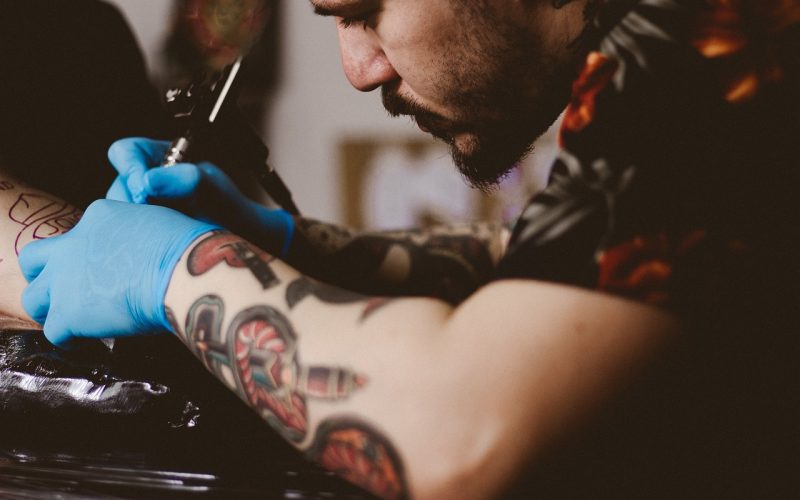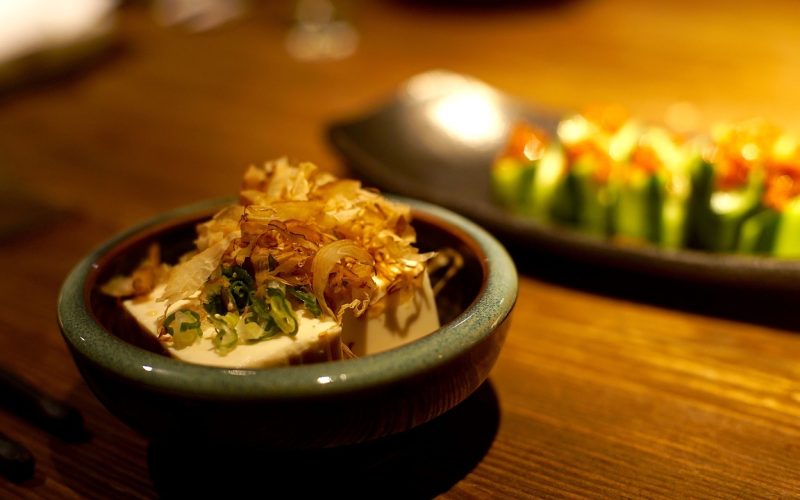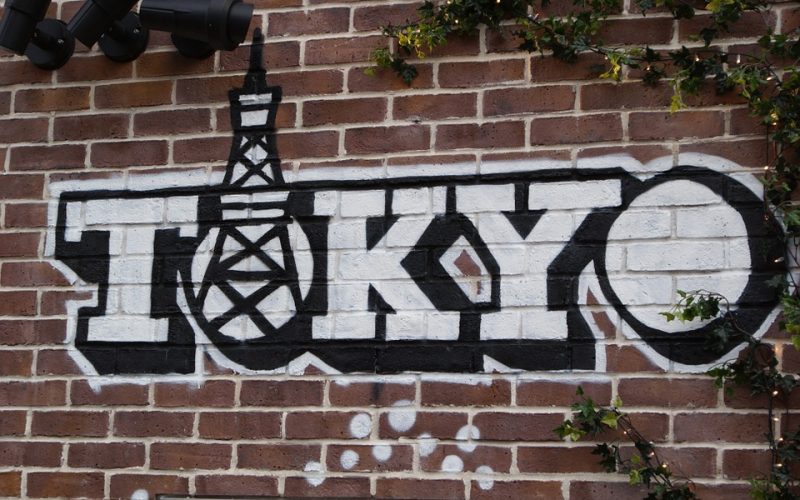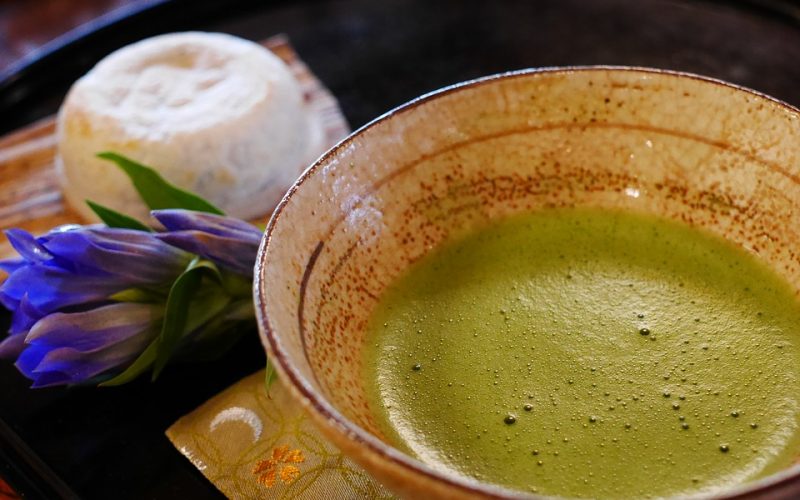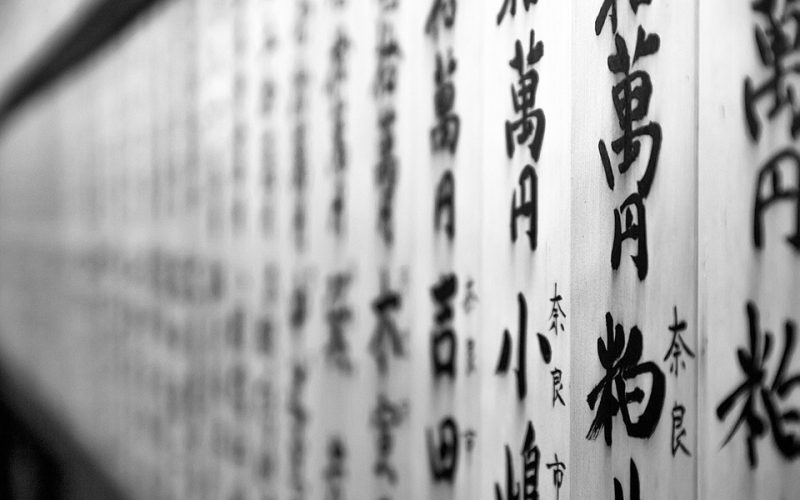Japanese tattoos, known as irezumi in the native language, have a rich and complex history that spans centuries. Often seen as a form of art or cultural expression, they are deeply embedded in Japan’s societal and historical narratives.
Early beginnings and the stigma of irezumi
The origins of Japanese tattoos can be traced back to the Jomon period (10,000 BC to 300 BC), where evidence suggests that body markings were used as a form of ceremonial or spiritual practice. However, during the Kofun period (300 to 600 AD), tattoos began to acquire a negative connotation, associated with criminals and outcasts. This is when they began to be used as a form of punishment, branding criminals with distinct marks to ostracise them from society. This punitive use of tattoos contributed to a long-standing stigma that remains to some extent today.
The Edo period and the rise of tattoo artistry
The Edo period (1603 to 1868) marked a significant shift in the perception and practice of tattooing in Japan. This era witnessed a flourishing of the arts, and ukiyo-e, or woodblock prints, became immensely popular. The vibrant imagery of these prints often depicted scenes from folklore, mythology, and nature, inspiring a new wave of tattoo art. Craftsmen skilled in ukiyo-e transferred their talents to the human canvas, crafting intricate designs that celebrated cultural ideals and aesthetic beauty. Tattoos during this time evolved into a form of rebellion against the strict social hierarchy and norms, with many members of the lower classes, particularly labourers and firefighters, proudly displaying their ink as badges of honour and identity.
Symbolism and meaning in Japanese tattoos
Japanese tattoos are renowned for their rich symbolism, with each motif holding specific meanings that convey personal stories, values, or beliefs. Among the most common symbols are koi fish, dragons, tigers, and cherry blossoms. Koi fish, often depicted swimming upstream, symbolise perseverance and determination in overcoming adversity. Dragons, combining the traits of various animals, represent wisdom, strength, and protection. Tigers are emblematic of courage and warding off evil spirits, while cherry blossoms are a poignant reminder of the fleeting nature of life, capturing the beauty and impermanence of existence. These symbols are often combined in complex designs that cover large areas of the body, telling a narrative unique to each individual.
The influence of yakuza culture
The association of tattoos with the yakuza, Japan’s infamous organised crime syndicates, further complicated the cultural standing of tattoos in modern Japan. The yakuza adopted tattoos as a means of identifying themselves, often covering their entire bodies with elaborate designs. These tattoos, known as horimono, were not only acts of personal commitment but also served to intimidate and establish group identity. The yakuza’s adoption of tattooing reinforced its image as a taboo practice, leading to widespread societal stigma and discrimination against those with tattoos in Japan, influencing everything from access to public baths to employment opportunities.
Modern perceptions and the art of tattooing
Today, the perception of tattoos in Japan is gradually shifting, thanks to the globalisation of culture and the influence of Western attitudes towards body art. Younger generations are increasingly viewing tattoos as a form of self-expression and identity, independent of their historical ties to criminality. Tattoo artists in Japan now blend traditional techniques with contemporary styles, creating works that appeal to both domestic and international clients. Despite this evolution, tattoos in Japan are still often met with mixed emotions, navigating a fine line between cultural heritage and societal acceptance.
A legacy of art and identity
The history of Japanese tattoos is a testament to the intricate relationship between art, culture, and identity. From their ancient beginnings to modern-day acceptance, they have cycled through roles of punishment, rebellion, affiliation, and personal expression. While tattoos continue to carry a cultural stigma in certain contexts, their enduring appeal lies in their ability to tell stories through symbols and artistry, preserving a unique legacy that continues to fascinate and inspire people around the world.
In understanding the historical context and meanings behind Japanese tattoos, we uncover not just a form of body art, but a narrative woven through centuries of cultural evolution. This complex art form offers us insights into the rich tapestry of Japan's past and present, shedding light on how symbols and stories are carried on the skin, speaking volumes about identity and experience.
